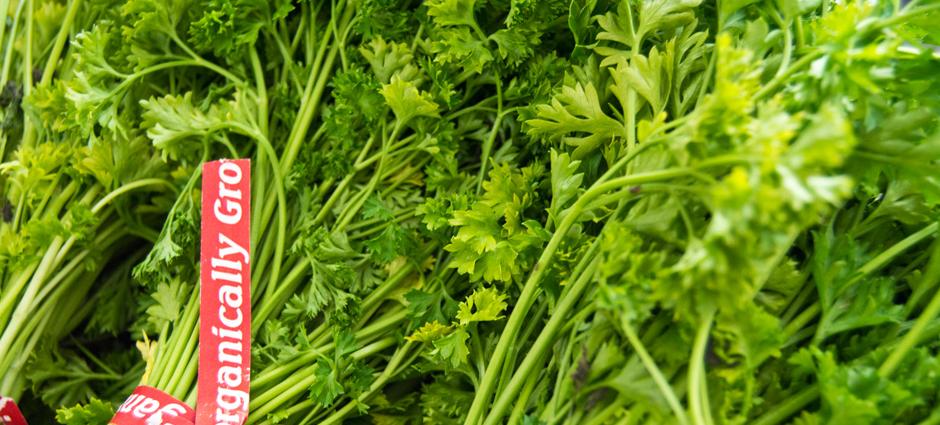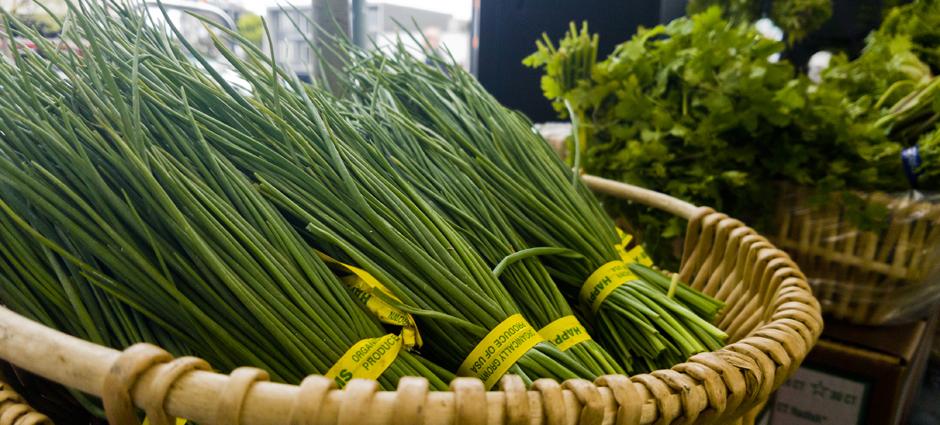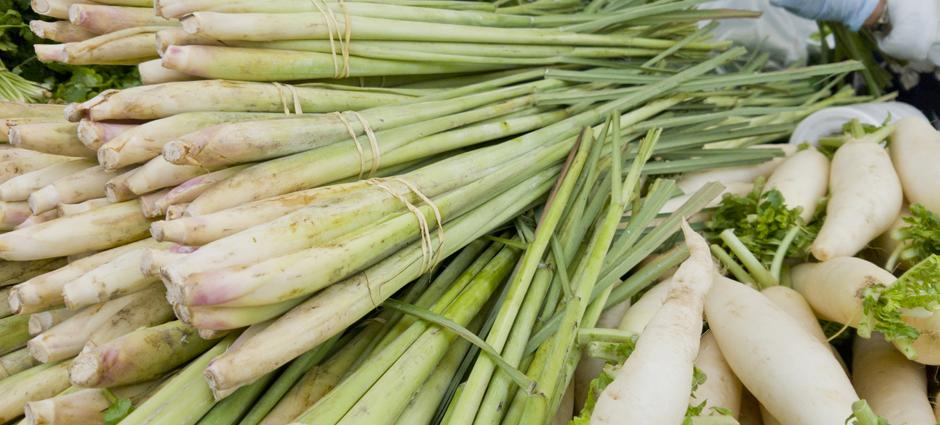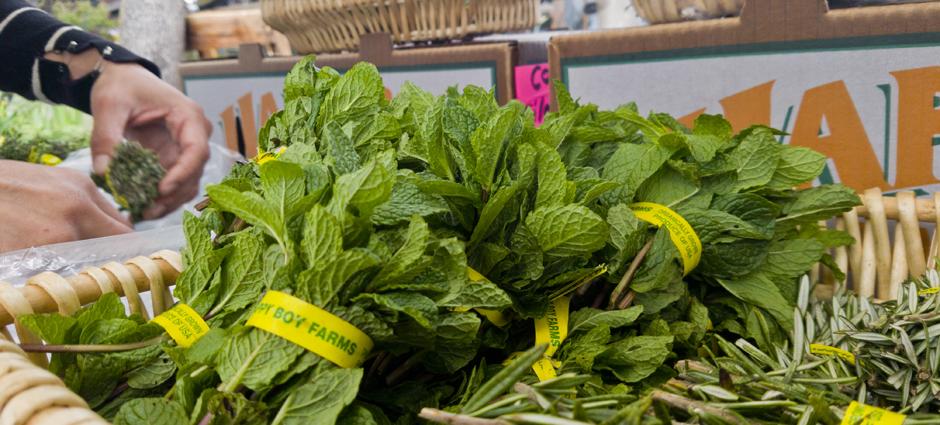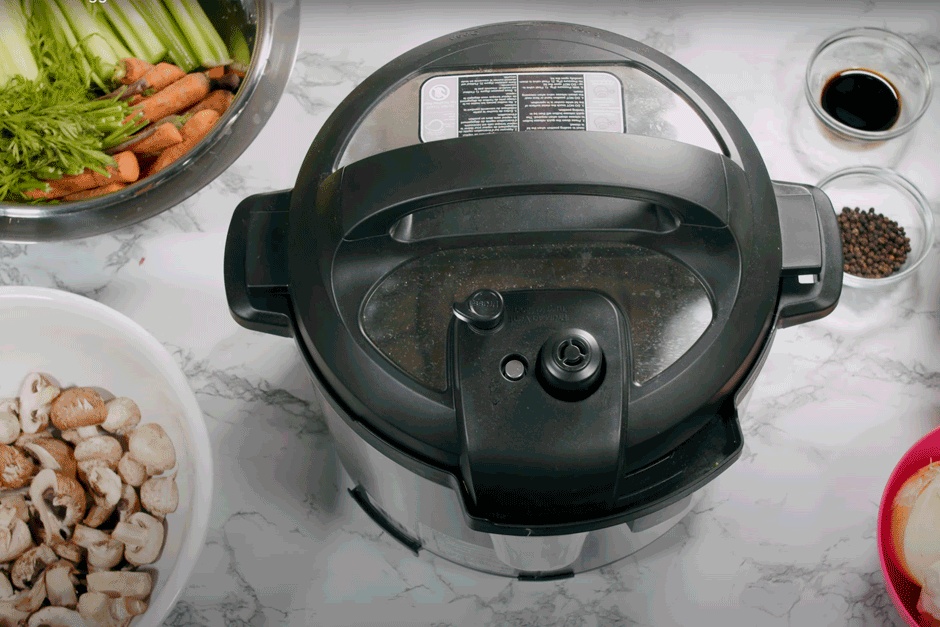The simplest way to add some pizzazz to your dishes is by adding herbs. Ranging in flavor profiles, herbs can be cooked in your favorite recipes or added as a garnish. From peppery, sweet basil, to citrusy lemongrass, floral lavender, and refreshing mint, herbs are an exciting part of the culinary experience that you must explore.
Herbs fall into two categories: the ‘fine’ herbs, such as basil, chervil, rosemary, and thyme, and the ‘robust’ herbs like mint, savory, dill, and sage.
Basil: Peppery, sweet, with a hint of clove. Use in pesto, vegetable soup, tomato dishes.
Bay Leaf: Strong, pungent, with a woodsy aroma. Use with beef stew, pot roast, gravies.
Chives: Mild, oniony. Use in dips, mashed potatoes, egg dishes.
Cilantro: Grassy scent with a hint of citrus. Use in soups, salsa.
Dill: Light and fresh, with an anise taste. Use with salmon, potatoes, beets, flavored butter.
Lemongrass: Citrusy, lemon-like scent. Use in Asian soups and stews, curries.
Marjoram: Sweet-scented. Use with lamb, chicken, veal, pork, tomatoes, stuffings.
Mint: Refreshing, cool, sweet. Use with lamb, iced tea, green peas, fruit.
Oregano: Assertive, peppery. Use with garlic bread, chili, grilled fish, poultry.
Parsley: Grassy and fresh. Use with boiled potatoes, cold soups, tabbouleh.
Rosemary: Strong, sweet, with a pine fragrance. Use with a leg of lamb, potatoes, poultry, soups.
Sage: Woodsy, faintly bitter. Use with roast chicken and pork, risotto. Use with roast chicken and pork, risotto.
Tarragon: Strong and tart with licorice hint. Classic pairings: roast or sautéed chicken, omelets, sauce for fish, lobster.
Thyme: Pungent, a hint of lemon, mint. Good in soups, casseroles, stuffing. Use with garlic bread, chili, grilled fish, poultry.
